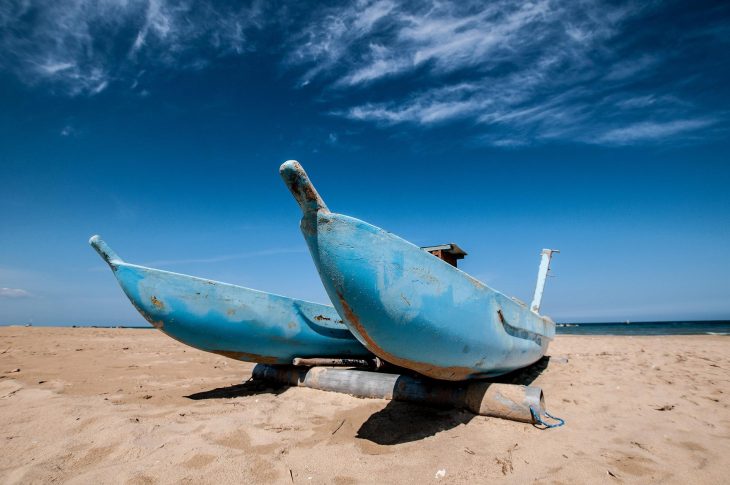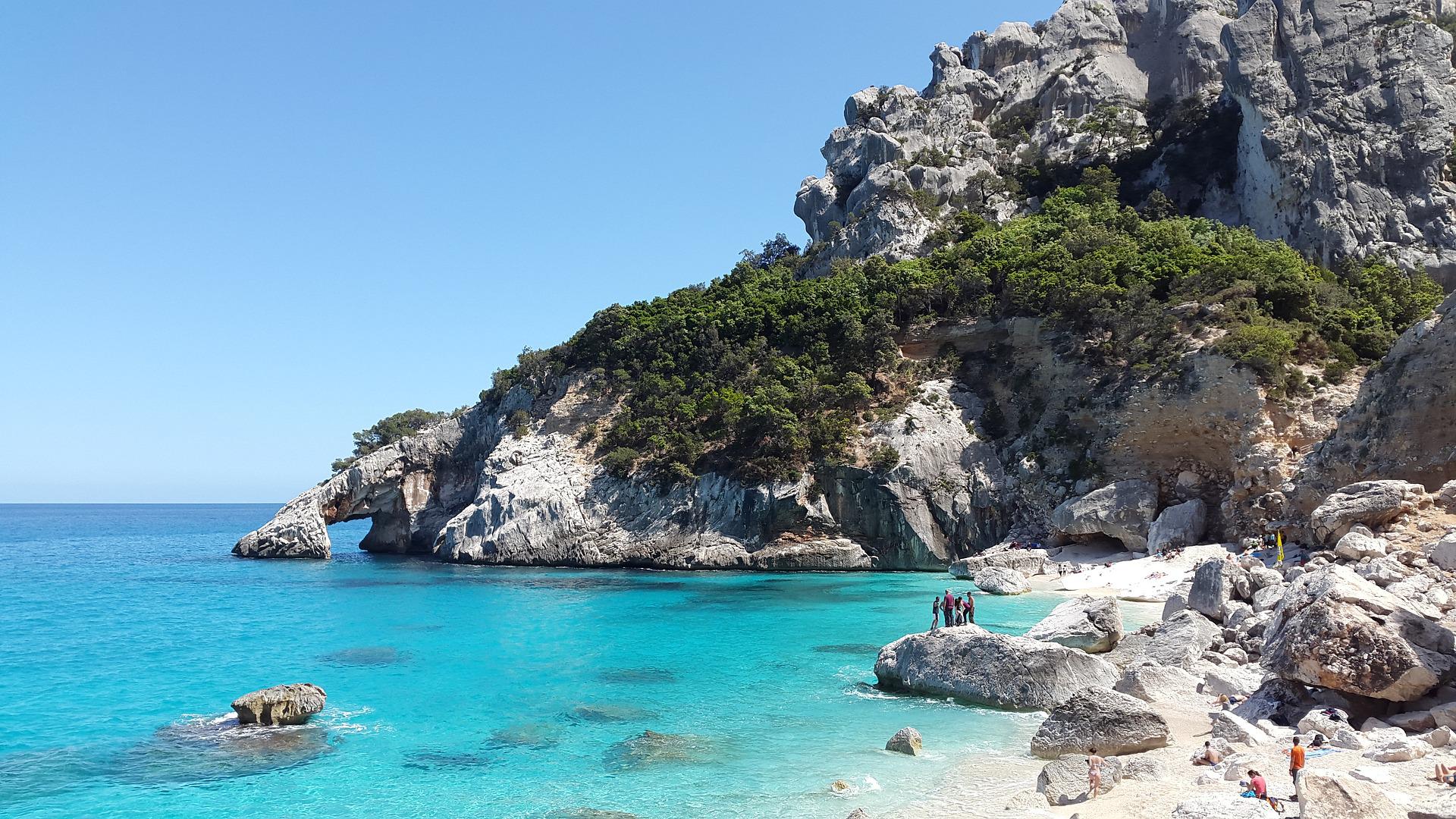Sardinia is a 9301-square-mile island in the Mediterranean Sea that lies west of the Italian mainland. It attracts tourists with its unique mix of ancient culture, breathtaking coastal views, and a rich history. D.H. Lawrence, a travel writer who wrote “Sea and Sardinia”, stated that Sardinia was “different.” It’s true. You can relax on a white sandy beach, or swim in the turquoise water. Also, you can have a leisurely pranzo (lunch), which includes Sardinia’s unique pasta and wine. You can snorkel with colorful fish in nearby coves. But you can also visit traditional villages and watch shepherds tend to their flocks. You might think that Sardinia is all about glamorous hotels and ristorantes and perfect beaches. But, you would be wrong. You’ll also find humble farms, forested mountains and friendly, reserved locals. It’s, as Lawrence wrote, very different.

Culture and Customs
Sardinia’s culture is very similar to other Italian destinations. Sardinians are loyal to their families, value tradition and good food and have a laid back approach to life. Although beaches are a common feature of their island, many residents have grown up in small villages inland where shepherding and traditional values prevail.
The Catholic church is heavily influential in Sardinia. The Sardinian calendar is dominated by festivals (“festas”) to celebrate Catholic saints. Many locals still attend Mass every week.
Locals speak a Sardinian dialect. Tourists working in tourist trade are likely to speak English. However, it is helpful if tourists can learn basic phrases such as “hello,” buongiorno, “goodbye,” arrivederci and “please,” per favore. The official currency of Sardinia is the euro. The euro to U.S. Dollar exchange rate changes frequently so make sure you check the current rate before you travel.
What to Eat
Sardinia, like other Italian destinations is serious about great food. Un caffe is a way to enjoy coffee in Sardinia. It will give you a smaller shot of espresso than what you might expect. Doppio espresso means a double dose of espresso. Most visitors will be familiar with Sardinia’s other types. An americano, for example, is an espresso made with hot water. It also offers a variety of milky coffees such as macchiatos, cappuccinos, and lattes.
Sardinia also boasts its own vineyards that produce Sardinian wines such as vermentino whites (cannonau reds), vernaccia whites (fortified wines), and vermentino whites. These wines and others can be sampled at the enotecas, wine bars on the island. Visitors can also plan to visit the wineries or cellars for tastings. Among the most popular are Antichi Poderi Di Jerzu, Tenute Olbios and Sella e Mosca.
There are also specialty breads, pastas and cheeses on the island. A panetteria (bakery), is a good place to stop and get a loaf of civraxiu. This round loaf has a crisp crust and soft center. Sardinians are known for their hard and tangy pecorino, which is a specialty. Also, they have a wide selection of creamy goat cheeses like ircano, caprino, and caprino. There are many pastas on the island, including a malloreddus with saffron flavor and ravioli-type pasta filled with pecorino and ricotta. These are called culurgiones.
Sardinian menus feature a lot of lobster, tuna, and octopus. Sardinian sweets are also different depending on where they’re made. Different parts of Sardinia may add different ingredients to traditional papassino (a dessert made with raisins), for example.

How to Get Around Sardinia
Car travel is the best way to explore Sardinia. Although it is the most convenient way to get to the destinations you want, it may not be the most cost-effective. Although public transport will save you money, trains and buses may not be the most reliable or efficient way to travel around the island. You can only reach certain islands, like La Maddalena by taking a ferry.
Most travelers fly from Europe or Italy to reach Sardinia. They then fly into one of three main airports in Sardinia. These are located near Alghero, Olbia, and Cagliari. There are many domestic flights that transport people between the airports on the mainland, such as Rome, Milan and Naples, Bologna. Turin, Venice, Verona, Turin, Verona, Bologna, Turin and Turin. You can also take the ferry from many cities, including Palermo (outside of Rome), Genoa, Livorno, Civitavecchia and Genoa. Ferries from Spain and mainland France to Sardinia are also available, although these can take up to 12 hours. Grandi Navi Veloci (Moby Lines) and Tirrenia offer regular ferry service between Sardinia and mainland Italy. Multiple arrival points are available in Sardinia. They include those in the north, east, and south.












